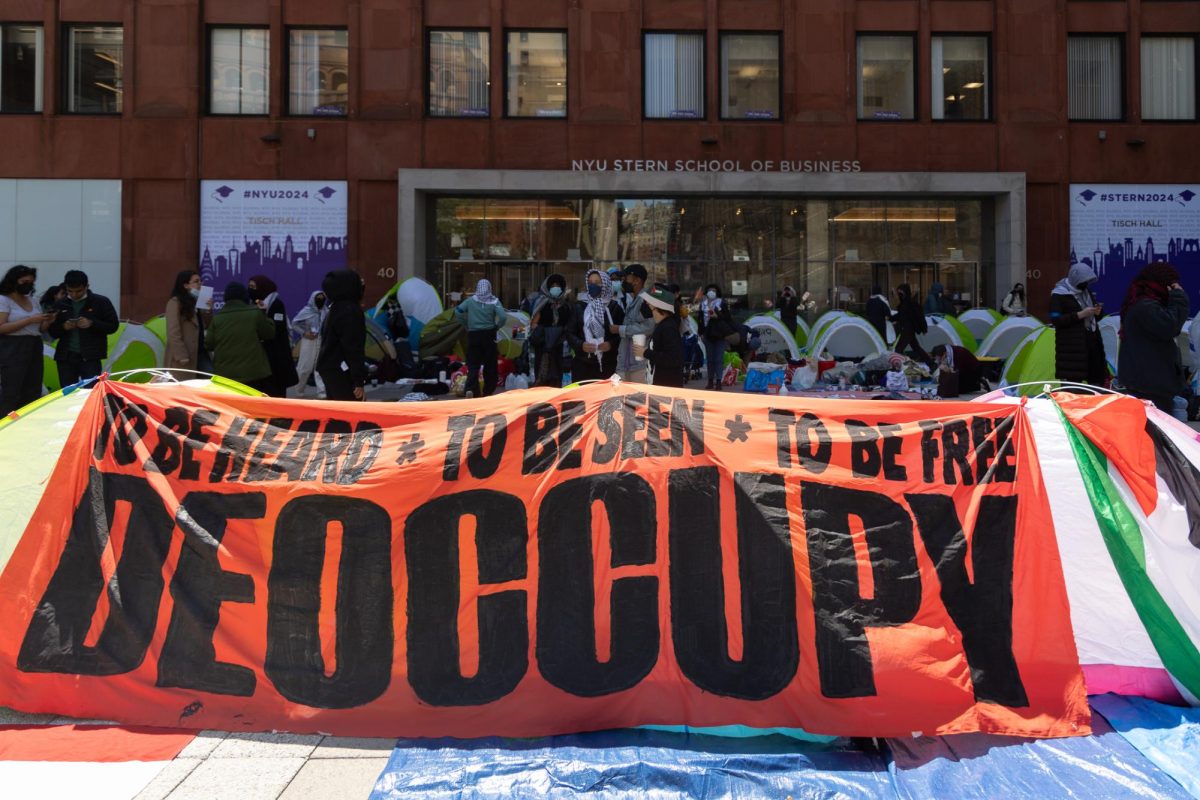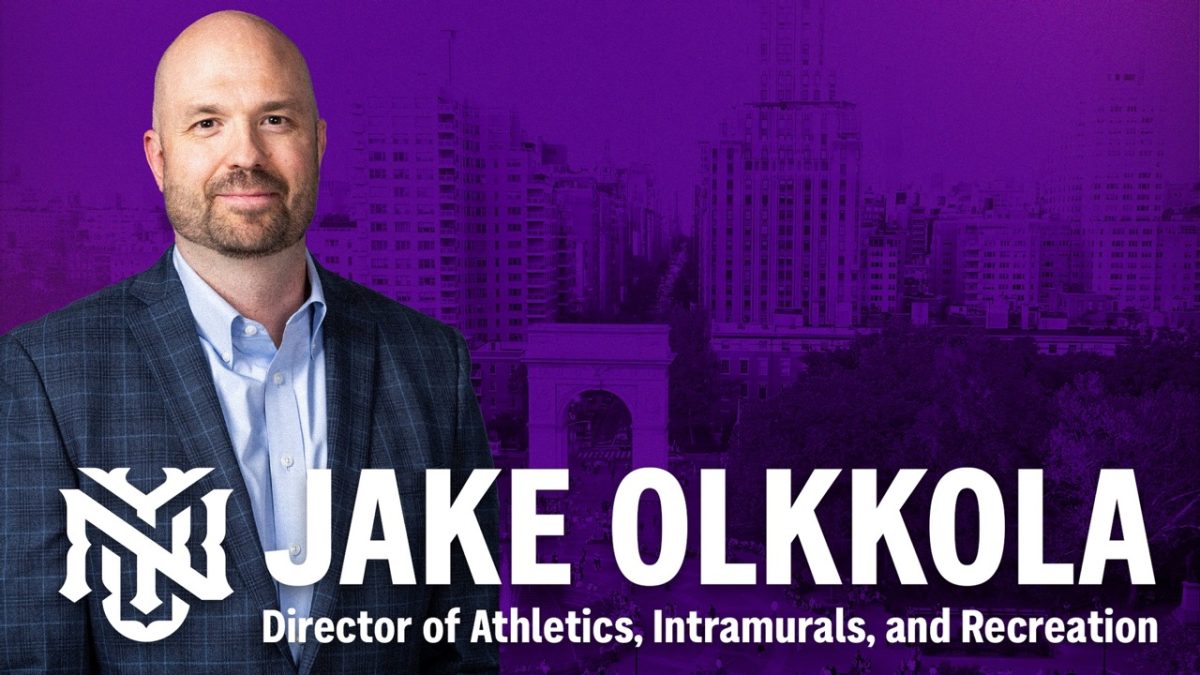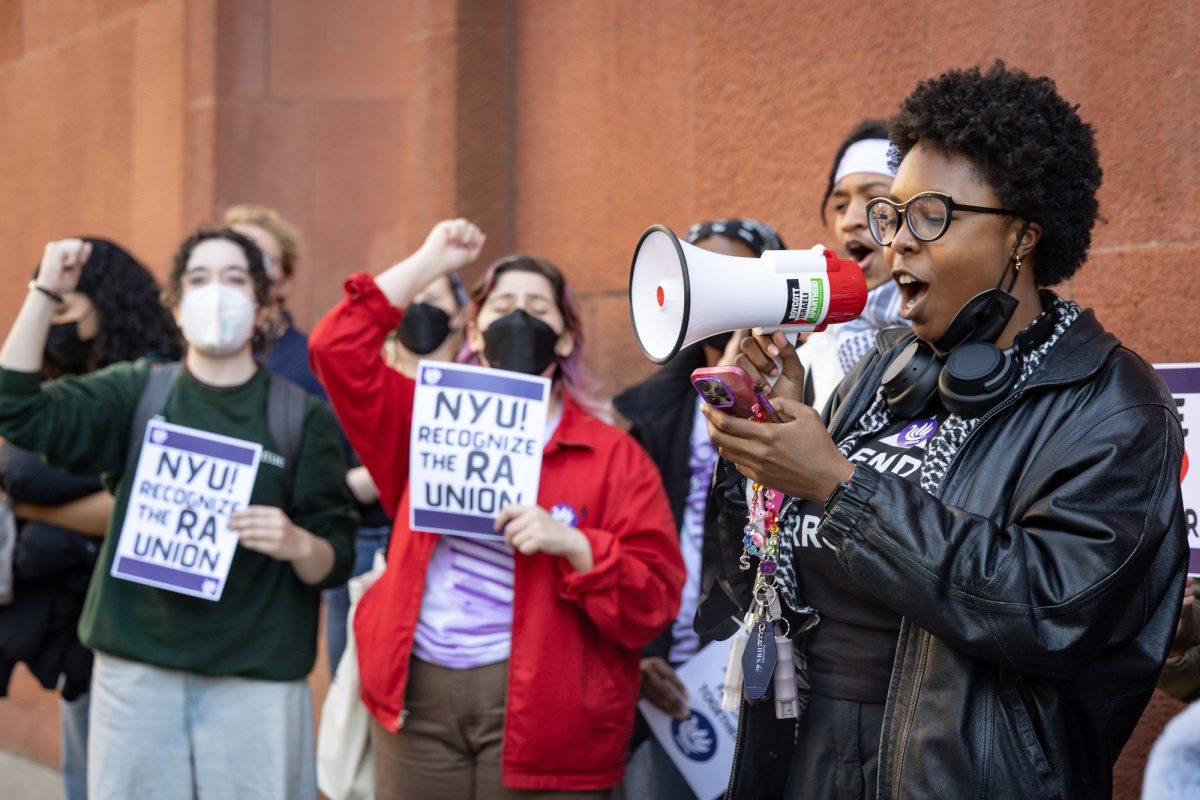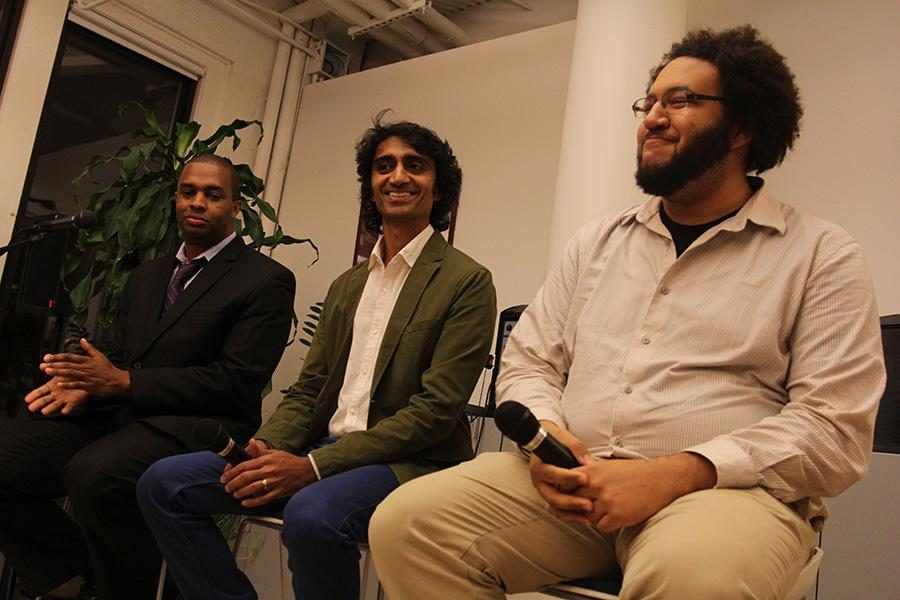Panel discusses media’s portrayal of African-American men
(left to right) Joel Anderson, Aran Venugopal and Keahnan Washington analyze media coverage of three Missouri Mikes.
October 24, 2014
Media experts discussed press coverage of three young African-American men from Missouri, all of whom happen to be named Michael, at a panel on Oct. 23.
The panel hosted by NYU’s American Studies Program and Africana Studies Program, looked at the cases of Michael Sam, the openly gay NFL player, Mike Brown, the teenager shot to death by a police officer in Ferguson, Missouri; and Michael Johnson, the gay college wrestler who is currently awaiting trial for recklessly infecting another with HIV.
Steven Thrasher, an NYU doctoral student and columnist for the Guardian, moderated the discussion.
The conversation started with Ferguson, and the three discussed how the scene unfolded there. Joel Anderson, a senior writer at Buzzfeed condemned the media’s tendency to try to define Mike Brown.
“Anybody that says ‘we know who Mike Brown is,’ and that he was no angel, well hell, he stole some cigarillos and he might have cursed a little bit,” Anderson said. “That sounds like every 18-year-old everywhere. That’s what’s frustrating when you write about him, because you really can’t fill in the gaps.”
Arun Venugopal, a reporter for WNYC addressed the sensationalization of these young men’s stories, pointing out the way the media often stray from the actual story at hand and pick the most outrageous part of the story to cover.
“Anything that changes or is different from the norm in a story — especially if it’s negative — becomes the view of the story,” Venugopal said. “It takes on its own momentum in a way that is problematic and speaks to media coverage of any issue that’s actually at hand.”
Keahnan Washington, a doctoral student in anthropology and African-American studies at Yale University said, in the case of Sam, the consistent attempts at portraying him as normal could have adversely affected those who don’t fit the script. He said the Johnson case pointed out that even the black community has a tendency to outcast its own if the people are not the image the community is trying to project.
“There’s this homophobic, sexist, classist response to the most marginal of people, and so [it affects] people with HIV and it affects queer or trans,” Washington said. “Leaders get up there and they want to project a certain representation of the black community in order to appease the broader mainstream, and so that affects the most vulnerable.”
Anderson stressed that, regardless of what negative tendencies the media have in covering stories, a consistent examination of its practices is instrumental in discovering what it says about larger society.
“It’s always good to observe and constantly review what the media covers and how it covers it and why it covers the things that it does,” Anderson said.
GSAS student Santeka Grigley said she found the panel insightful and appreciated the consistent study of the media.
“I think it’s important for us to have these conversations because sometimes you can’t just look at one media outlet,” Grigley said. “You have to go out there and do the research for yourself and compare that to other things, and get your opinion from that. That’s why it’s important.”
Email Alex Bazeley at [email protected].










































































































































